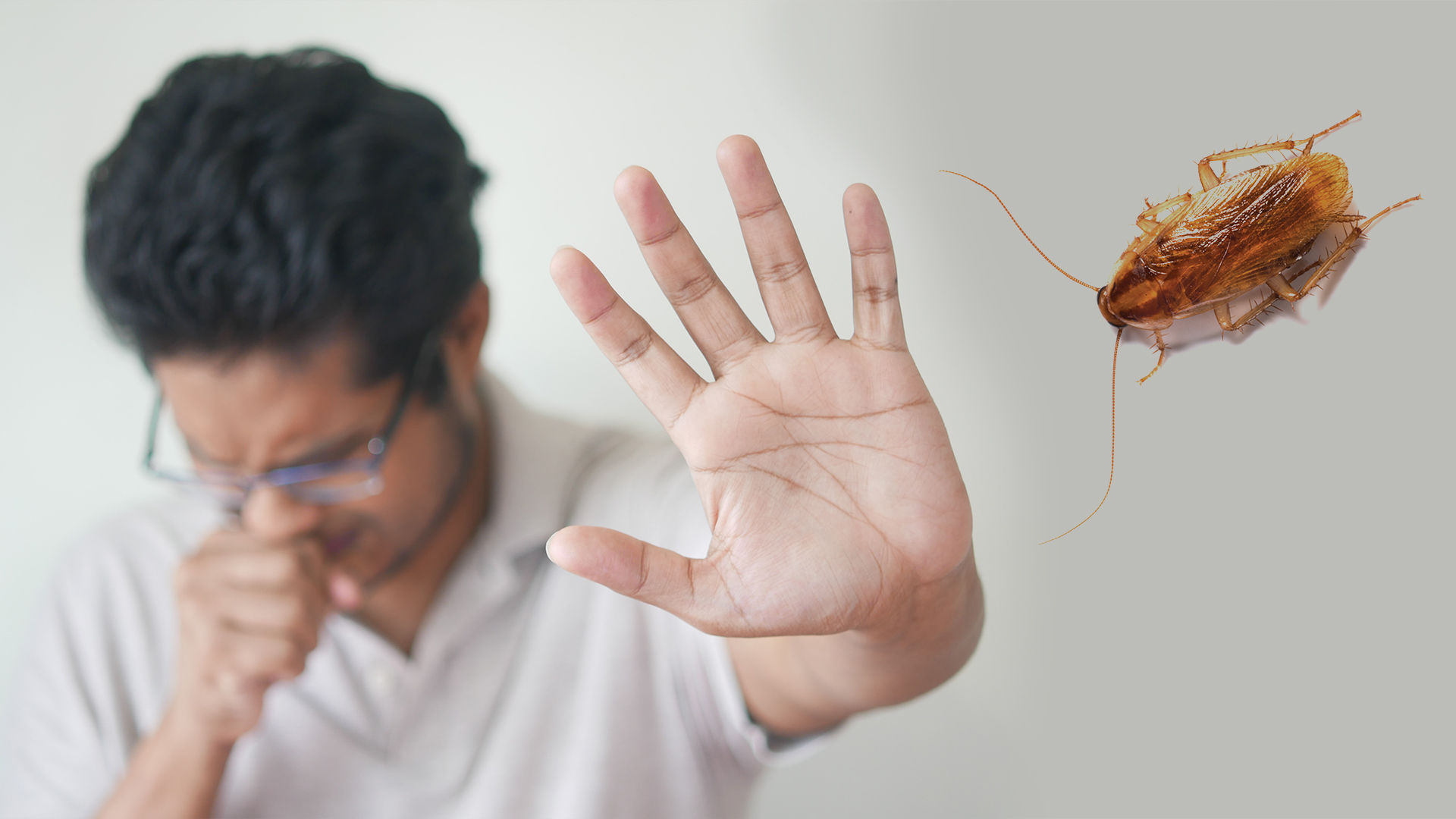We all love the comfort and amenities of our homes, but we aren’t the only ones. May is Asthma and Allergy Awareness Month—the perfect time to discuss pests that can enter your home and trigger these reactions. Many people blame late-spring or early-summer allergies on pollen or grass, when invading cockroaches, rodents and dust mites could be the true cause. The good news is there are several steps you can take to prevent pests that trigger asthma and allergies from settling in your home.
How Do Some Pests Trigger Asthma or Allergies?
Cockroaches
Not only are cockroaches filthy and prone to spreading germs, but a protein in their saliva and droppings can also trigger allergic reactions and even asthma attacks. Children that grow up in cockroach-infested homes have a much higher incidence of asthma. Since 63% of American homes contain allergens from cockroaches, this can pose a serious health problem to sensitive individuals.
Rodents
Similar to cockroaches, mice and rats can trigger allergic reactions and asthma attacks due to proteins in their urine, saliva and feces. Some people are also allergic to the dead skin cells (known as dander) of mice and rats.
Dust Mites
Dust mites are one of the most common triggers for allergies. These tiny arthropods survive on dead skin cells and flourish in hot and moist environments. They make themselves at home in bedding, mattresses, upholstered furniture, carpets or curtains. If you are one of the 20 million people with a “dust allergy,” it’s triggered by the proteins in dust mite debris.
Pest-Proofing Tips to Lower Asthma Risks
Exposure to any of these pests can be dangerous for people with allergies and asthma, making it crucial for homeowners to remain vigilant in their prevention efforts. Luckily, you can pest-proof your home to reduce exposure in a few simple steps:
- Seal cracks and crevices around your home with caulk, steel wool or both.
- Dispose of garbage regularly in sealed bins and store dry foods in airtight containers.
- Dust hard surfaces with a damp cloth or dust rag and vacuum at least once a week using a vacuum with a HEPA filter.
- Clean kitchen surfaces daily, including counters, stovetops and sinks. Avoid piling dishes in the sink and clean up crumbs and spills right away.
- Keep pet food stored in an airtight container and wash food and water bowls often.
- Use a dehumidifier to keep relative humidity down and reduce dust mite populations.
Have a Problem? Call Our Pros
Remember: prevention tactics are easier than removal, but if your efforts fail or you already have a pest problem, don’t try to handle it alone. Give us a call and our certified pest control specialists will conduct a thorough inspection and recommend the optimal treatment based on what they find.

